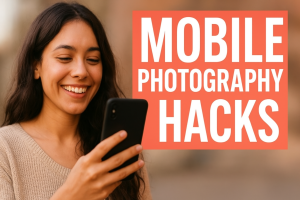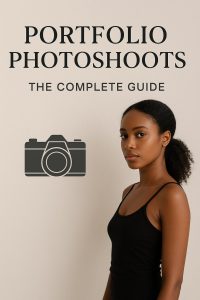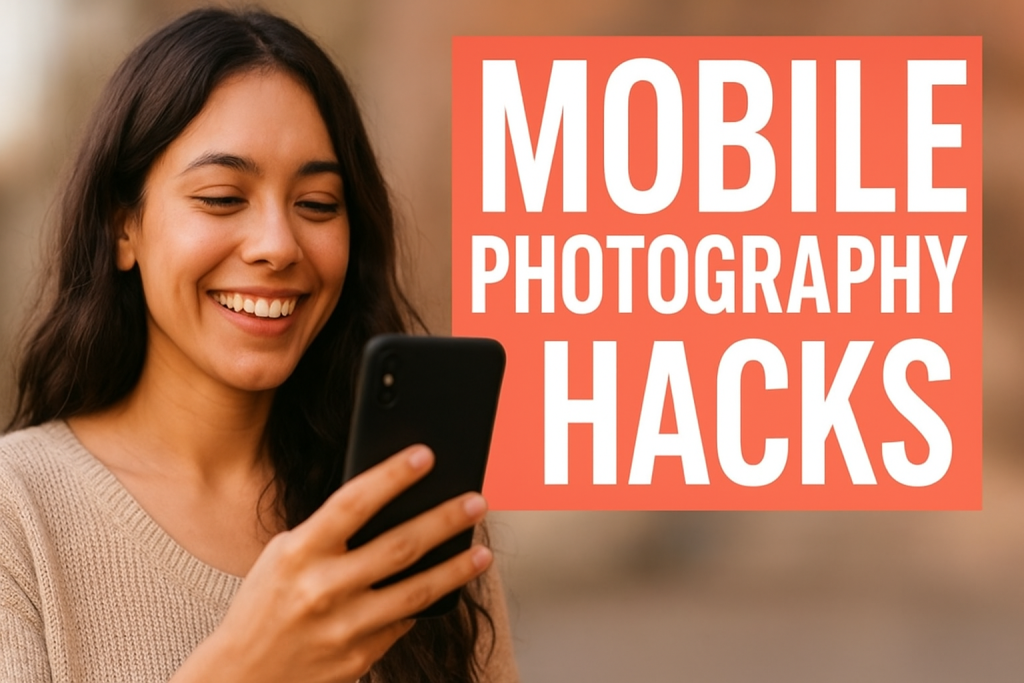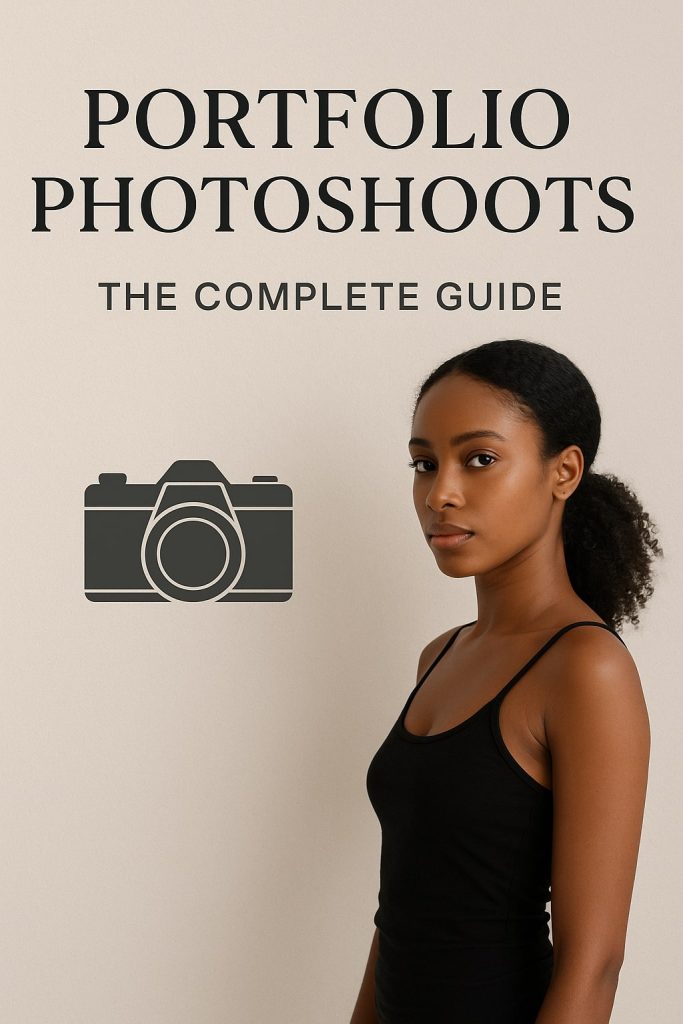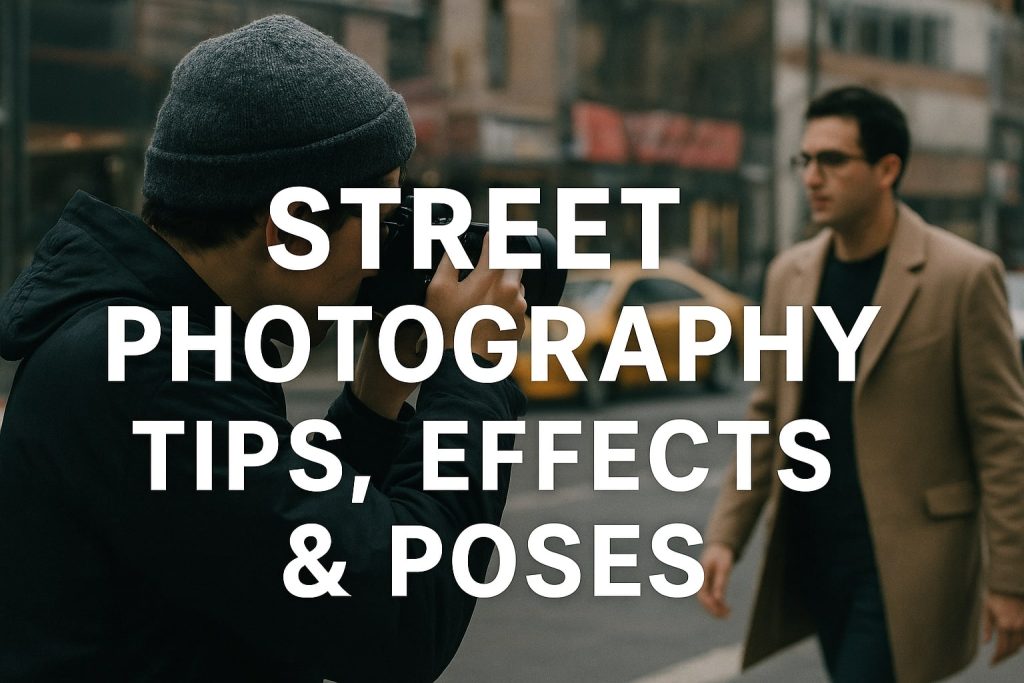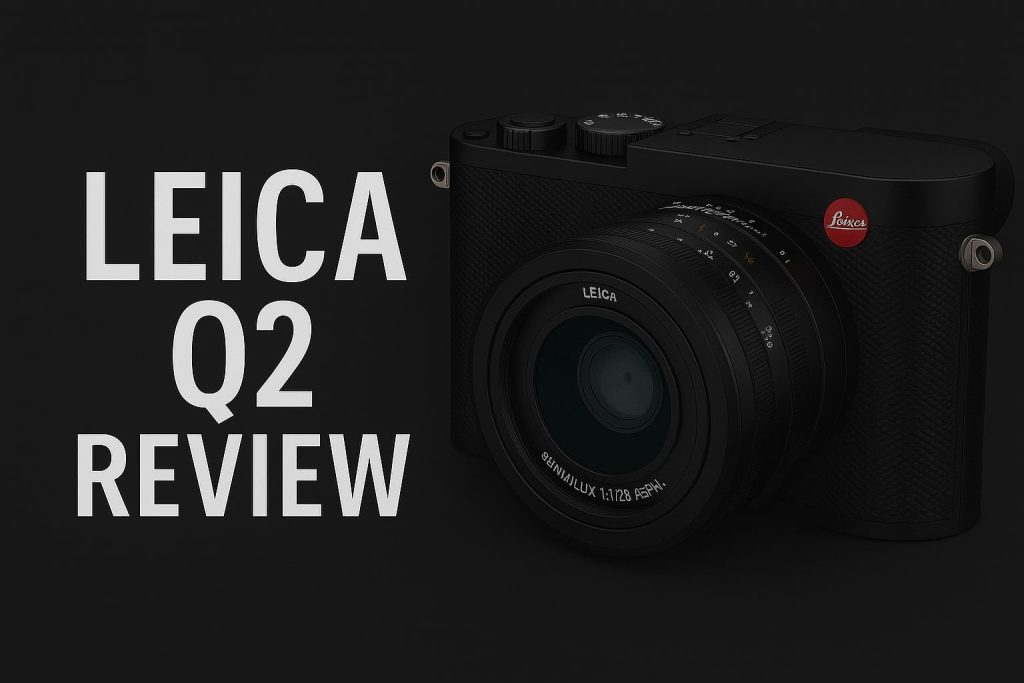Quality product photography plays a critical role in driving ecommerce sales. Customers rely on visuals to assess product quality, making high-quality images essential for increasing conversions. A compelling product photo not only grabs attention but also builds trust and enhances brand identity.
This guide explores proven techniques to refine ecommerce product photography. From lighting and composition to editing and optimization, each step contributes to higher conversion rates. Let’s dive into the essential elements of impactful product photography.
1. Why Ecommerce Product Photography Matters
A well-captured image can determine whether a visitor makes a purchase. High-quality photos enhance perceived value, reduce return rates, and improve customer confidence.
Key Benefits
- Builds Trust: Professional images convey authenticity and reliability.
- Boosts Engagement: Visually appealing photos keep shoppers interested.
- Enhances SEO: Optimized images improve search rankings and visibility.
- Increases Conversions: A clear, detailed presentation helps customers make confident decisions.
Investing in professional product photography pays off by improving sales and customer satisfaction.
2. Essential Equipment for Product Photography
Using the right equipment ensures crisp, high-resolution images that showcase products effectively.
Must-Have Tools
- Camera: A DSLR or mirrorless camera captures sharp images. Smartphone cameras with advanced features can also produce professional results.
- Tripod: Ensures stability and prevents blur, keeping images consistent.
- Lighting Setup: Softbox lights or LED panels create balanced illumination.
- Backdrops: White or neutral backgrounds maintain a clean, distraction-free look.
- Reflectors & Diffusers: These control shadows and soften harsh lighting.
A well-equipped setup enhances the quality and consistency of your product images.
3. Perfecting Lighting for Product Photography
Lighting affects how a product appears, making it crucial for ecommerce success. Soft, even lighting highlights product details and prevents harsh shadows.
Best Lighting Techniques
- Natural Light: Works well for lifestyle and soft-focus shots. Position products near a window for a diffused glow.
- Artificial Light: Softbox lights or ring lights provide controlled illumination.
- Eliminate Shadows: Use reflectors or white foam boards to balance lighting.
- Consistent Setup: Maintain the same lighting conditions for uniformity across product images.
Well-balanced lighting ensures a professional, polished presentation of your products.
4. Composition Techniques for Impactful Images
Strategic composition makes product photos more appealing and guides customer attention effectively.
Composition Rules to Follow
- Rule of Thirds: Position key elements along grid lines for a balanced look.
- Negative Space: Leaving empty areas around the product emphasizes focus.
- Angle Variation: Capture multiple perspectives to highlight product details.
- Close-Up Shots: Showcase textures, materials, and intricate design features.
A well-composed image enhances clarity and makes products look more desirable.
5. Editing for a Professional Look
Post-processing refines images, ensuring they meet professional standards before publication.
Editing Best Practices
- Adjust Brightness & Contrast: Enhances visibility and sharpness.
- Remove Imperfections: Eliminate dust spots, reflections, and unwanted elements.
- Consistent Color Correction: Ensures accurate product representation.
- Optimize for Web: Resize and compress images for faster loading speeds.
Top Editing Tools: Adobe Lightroom, Photoshop, Canva, and Snapseed.
Polished images create a strong impression and encourage customer trust.
6. Optimizing Images for Ecommerce SEO
Search engines prioritize well-optimized images, making SEO a key factor in product photography.
SEO-Friendly Image Tips
- Use Descriptive File Names: Include relevant keywords in image titles.
- Add Alt Text: Helps search engines understand image content while improving accessibility.
- Compress Images: Reduces load time without compromising quality.
- Choose the Right Format: JPEG works best for photos, while PNG is ideal for transparent backgrounds.
Optimized images contribute to higher rankings and improved website performance.
7. Common Product Photography Mistakes to Avoid
Even small errors can impact conversions. Identifying and correcting these mistakes improves photo quality.
Frequent Errors & Solutions
- Blurry Images: Use a tripod and proper focus settings.
- Overexposure or Underexposure: Adjust lighting and camera settings accordingly.
- Inconsistent Backgrounds: Stick to a uniform background for brand cohesion.
- Too Few Angles: Capture multiple perspectives to showcase product features fully.
Avoiding these mistakes ensures professional, high-converting product images.
8. Testing & Analyzing Product Images
Monitoring how images perform helps refine strategies for better conversions.
How to Evaluate Image Performance
- A/B Testing: Compare different photo styles to see what resonates with customers.
- Customer Feedback: Gather insights on whether images provide clarity.
- Analytics Review: Track engagement metrics on product pages.
- Conversion Tracking: Measure sales impact linked to specific images.
Data-driven improvements help optimize images for maximum effectiveness.
9. Using Product Photography to Boost Brand Identity
Beyond selling products, strong visuals reinforce brand consistency and recognition.
Branding Tips for Product Photography
- Maintain a Signature Style: Use consistent colors, lighting, and angles.
- Include Lifestyle Shots: Show products in real-life scenarios.
- Use Branded Elements: Incorporate logos or packaging subtly.
- Enhance Visual Storytelling: Create cohesive themes across product collections.
Strong brand visuals foster trust and create a memorable shopping experience.
Conclusion
Mastering ecommerce product photography involves strategic planning, attention to detail, and optimization. High-quality images not only enhance brand credibility but also significantly impact conversions. By applying the right techniques in lighting, composition, and editing, you can create compelling visuals that drive sales. Experiment, refine, and watch your ecommerce success grow.
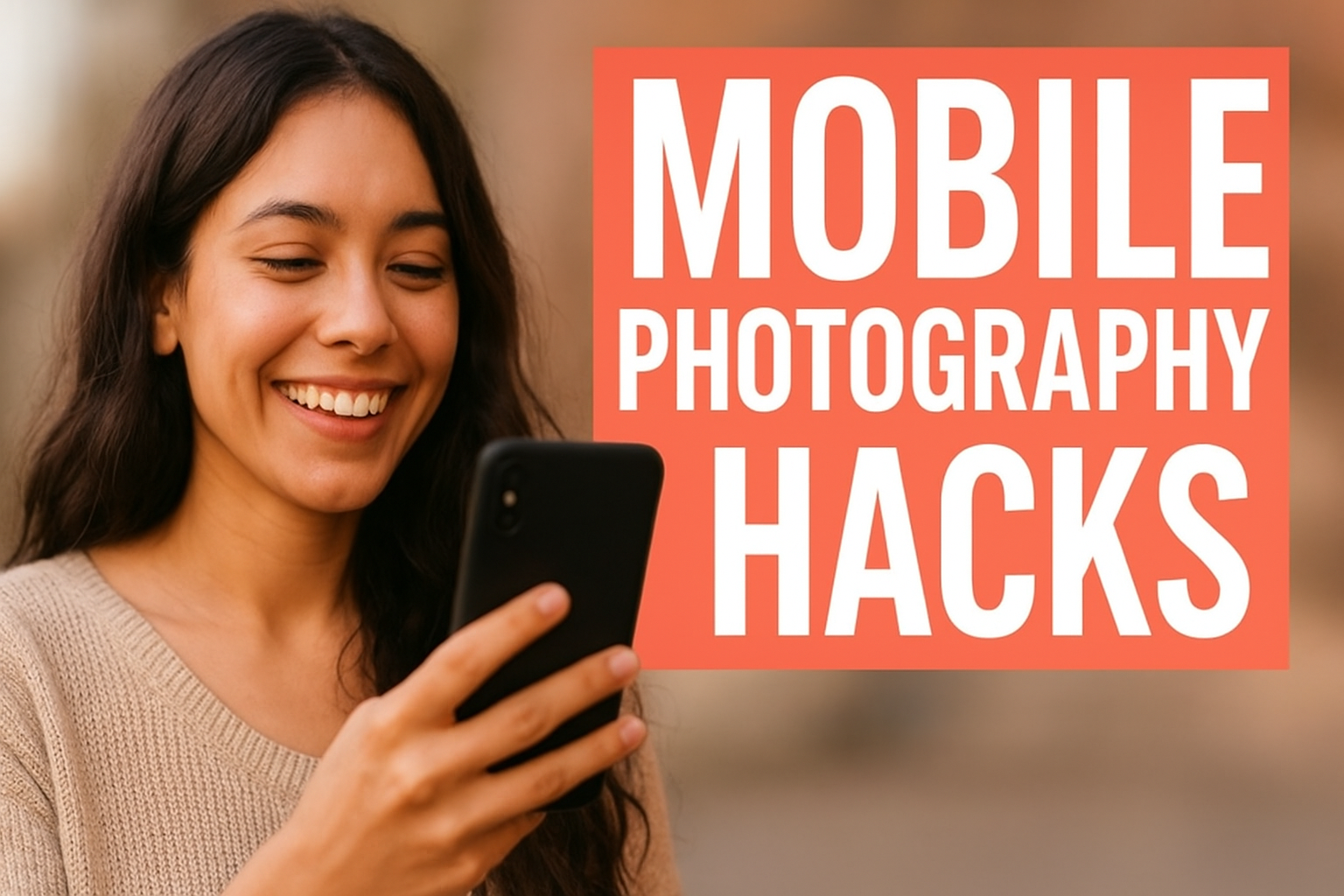
Mobile Photography Hacks: Candid Moments with Your Phone
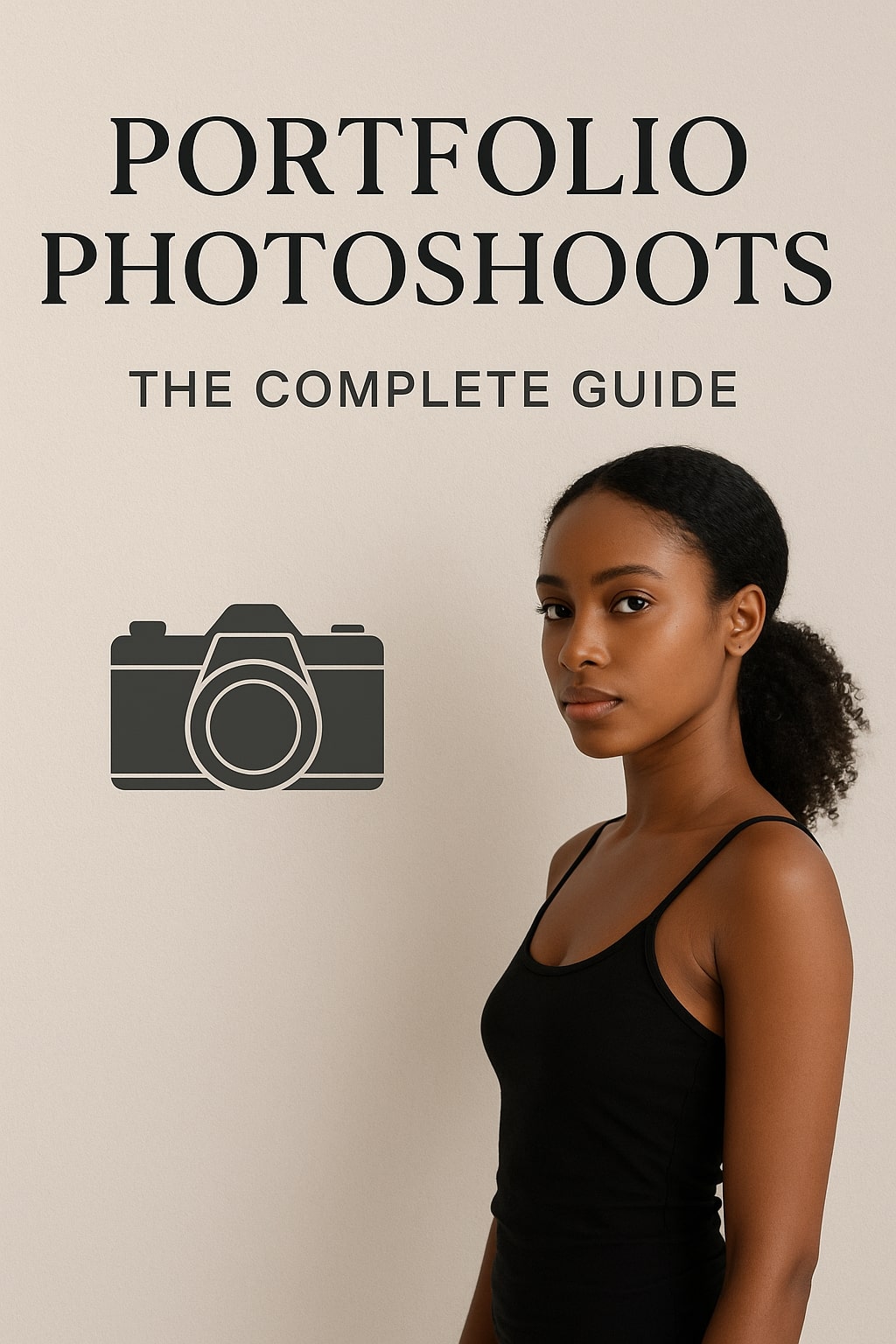
Professional Model & Portfolio Photoshoots: Show Your Best Work
-
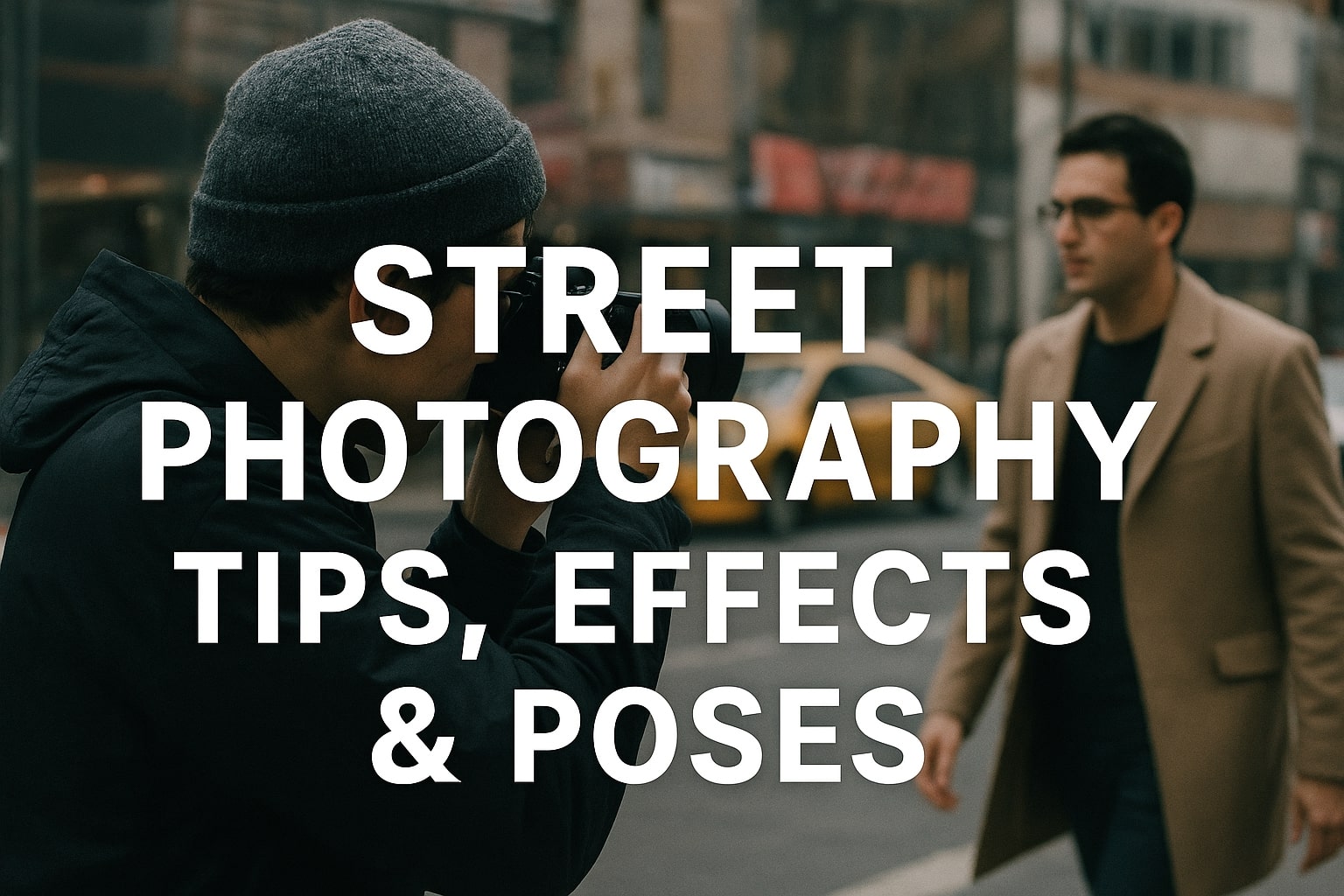
Street Photography Tips, Effects & Poses – Complete Guide
-
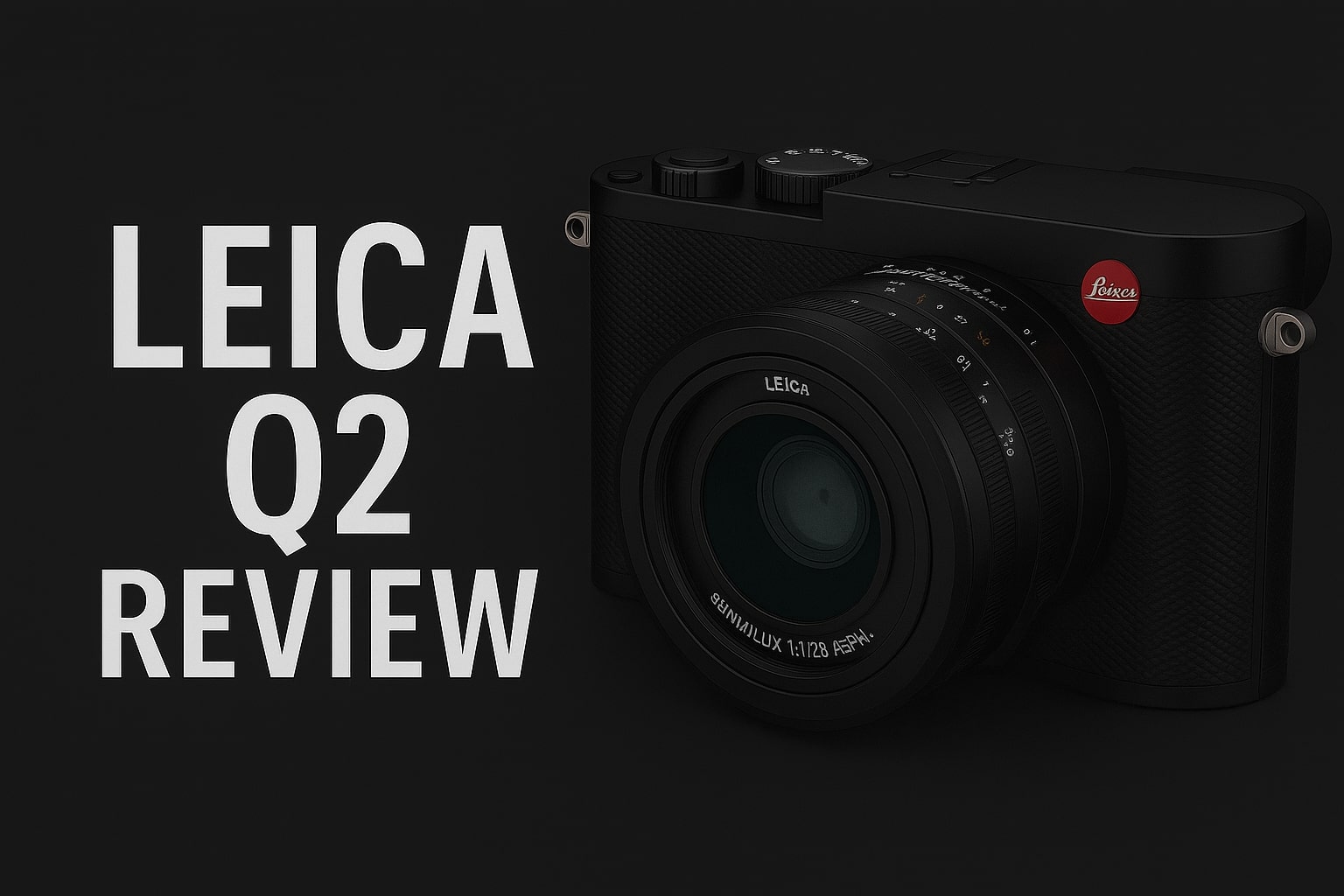
Leica Q2 for Photography: Why It’s Loved by Photographers
Mobile Photography Hacks: Candid Moments with Your Phone
Discover high-impact mobile photography hacks to capture genuine, gorgeous candid moments with your phone. Learn practical tips, composition secrets, and pro techniques to turn everyday scenes into stunning visual stories. Introduction: The New Age of Mobile Photography Photography has evolved beyond heavy cameras, technical jargon, and expensive equipment. Today, the power to capture extraordinary moments
Professional Model & Portfolio Photoshoots: Show Your Best Work
” Discover how to plan, style, and execute stunning portfolio photoshoots that showcase your skills, personality, and versatility. This comprehensive guide covers professional tips, posing ideas, gear suggestions, and industry insights for models and photographers.” Introduction – Why Portfolio Photoshoots Are the Cornerstone of a Photographer’s Career A well-crafted portfolio photoshoot is more than a
Street Photography Tips, Effects & Poses – Complete Guide
Discover the ultimate guide to Street Photography with expert tips, creative effects, and dynamic poses. Learn how to capture authentic urban moments, master composition, and tell powerful visual stories through your lens. Article Outline 1. Introduction to Street Photography Street Photography is more than just taking pictures of people in public spaces — it’s about
Leica Q2 for Photography: Why It’s Loved by Photographers
Introduction: The Cult Status of the Leica Q2 The Leica Q2 is not just a camera—it’s a statement. Combining the heritage of German precision engineering with modern digital excellence, it holds a special place in the hearts of professional and passionate photographers alike. With its full-frame sensor, prime Summilux lens, and minimalist design, the Q2
Top Cameras Under ₹1 Lakh for Freelance Photography
Freelance photography is no longer a niche—it’s a booming creative profession that demands not only vision and hustle but also the right gear. Your camera isn’t just a tool; it’s your storytelling partner. If you’re a freelance photographer aiming to balance performance, versatility, and budget, investing in a cameras under ₹1 lakh can offer the
Top Features of Nikon D850 That Make It Ideal for Photoshoots
Explore the top features of the Nikon D850 that make it a powerhouse for photoshoots. From exceptional resolution to dynamic range, this detailed Nikon D850 guide is built for professional and aspiring photographers. 1. Introduction When Nikon launched the D850, it quickly earned a reputation as a flagship DSLR that redefined what photographers could expect

